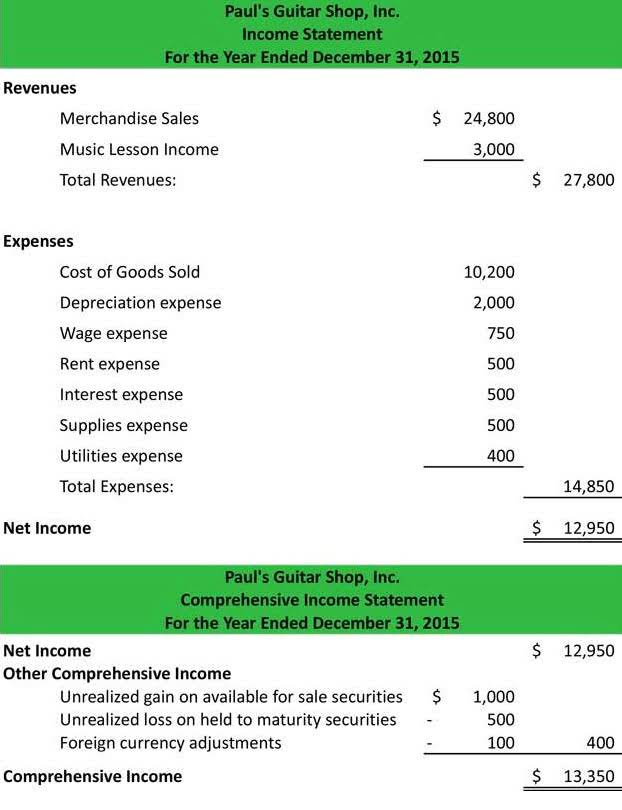Cash flow statement explained Sage Advice South Africa
When purchased with an original what is cash and cash equivalents maturity of three months or less, they are readily convertible to a known amount of cash with minimal risk, fitting the criteria for a cash equivalent. Commercial paper consists of unsecured, short-term promissory notes issued by corporations. These usually have maturities of less than 270 days, making them highly liquid and, when acquired with an original maturity of three months or less, they qualify as cash equivalents.
For example, companies can sometimes park excess cash in balance sheet items like “strategic reserves” or “restructuring reserves,” which could be put to better use generating revenue. Cash equivalents, with their blend of liquidity, low risk, short-term maturity, and unrestricted access, serve as essential tools for financial flexibility. These characteristics make them indispensable for organizations needing to manage cash reserves effectively. This unrestricted access is vital for businesses looking to maintain financial agility and respond swiftly to changing cash flow demands. This stability makes cash equivalents a prudent choice for companies seeking to preserve capital while keeping funds accessible.
However, if a CD cannot be redeemed before its maturity date, it does not qualify as a cash equivalent due to its lack of liquidity. Cash equivalents must be easily converted to cash to meet the liquidity requirements of a business. These assets trade in active markets, ensuring they can be sold or redeemed with minimal delay. Treasury bills are short-term government securities with maturities ranging from a few days to 52 weeks.
Companies may intentionally carry higher balances of cash equivalents so they can capitalize on business opportunities when they arise. Instead of locking capital into a long-term, illiquid, and maybe volatile investment, a company can choose to invest added cash in cash equivalents in the event it needs funds quickly. A good cash and cash equivalents balance is one that ensures the company can meet its short-term obligations without holding excessive idle cash that could be invested in growth opportunities. Cash and cash equivalents are crucial because they provide companies with immediate liquidity to cover short-term obligations, ensuring operational stability.
As Required by Debt Agreements
- If you have more cash on hand, you’re more able to jump on the chance without liquidating other assets that you originally planned to hold onto for the long run.
- Understanding the layout is not just important for anyone wanting to know more about the financial health of a company.
- In the table above, the fifth column represents the value Apple assigned as cash and cash equivalents.
- Cash equivalents include highly liquid assets such as money market funds, commercial paper, and short-term debt such as Treasury bills that can quickly turn into cash.
Cash and cash equivalents (CCE) are a company’s most liquid assets and could be tapped into when needed to cover expected or unexpected expenses. CCE is a line item on a company’s balance sheet that denotes how much money the company has on hand for such short-notice, as-needed use. Foreign currency can impact the value of cash and cash equivalents recorded on the balance sheet. Variations in exchange rates may affect the reported value of cash or cash equivalents held by a business denominated in foreign currency. A financial institution holds cash in a demand deposit account – a type of account in which you can withdraw money at any time without notifying the institution. Demand deposits include checking, savings accounts, and money market accounts.
- Cash equivalents are not identical to cash in hand, though they have such low risk and high liquidity that they’re often considered just as accessible.
- Therefore, this particular asset class tends to be extremely critical for businesses.
- They play a critical role in helping businesses meet unexpected expenses or take advantage of time-sensitive opportunities.
To Pay Debts
A balance sheet reflects the company’s current resources and their worth. Think of a balance sheet as a report that calculates the company’s value. That’s because the accrual method that most businesses use to record income when it’s earned and expenses when they’re incurred.
Meet Financial Covenants
Companies with high CCE balances are considered financially healthy and better positioned to weather downturns, which could result in more stable stock performance. It’s important to note that these investments are only considered equivalents if they are readily available and are not restricted by some agreement. When building a financial model, cash is typically the last item to be completed and will reveal whether or not the balance sheet balances and if the model is working properly. What’s considered a reasonable number of cash and cash equivalents to have on hand varies greatly from industry to industry. Looking at CCE can be very useful in industries that have more extreme cash requirements.
Often, this timing doesn’t align with when the cash arrives or leaves the account. Neither of these line items reflect cash flowing into or out of the business. It includes several components that don’t factor into cash flow, such as credit-based sales and depreciation. An income statement serves as the starting point for the indirect method of calculating cash flow. As an example, a business can achieve a positive cash position by taking out a large loan to mitigate cash flow problems.
These instruments can easily be converted to cash but are classified differently because they are not actual claims of ownership of cash. Although the balance sheet account groups cash and cash equivalents together, there are a few notable differences between the two types of accounts. Cash is obviously direct ownership of money, while cash equivalents represent ownership of a financial instrument that often ties to a claim to cash.












